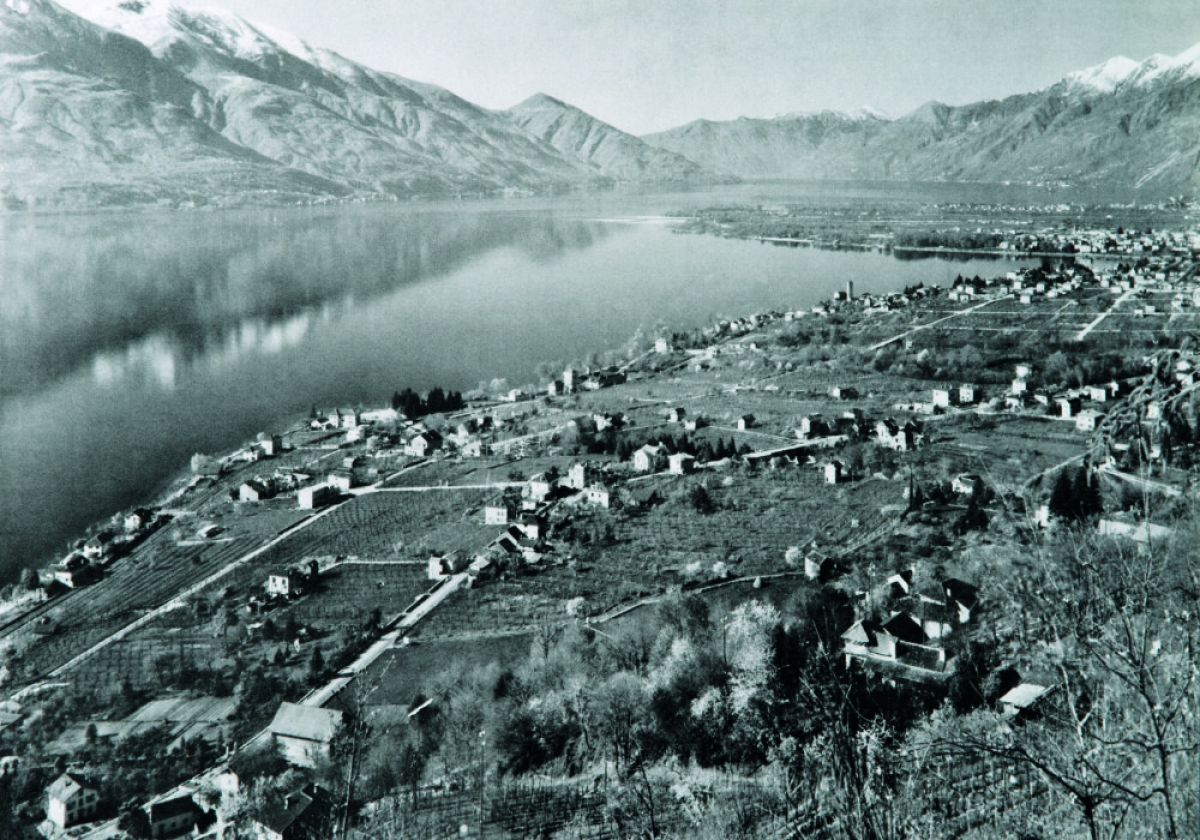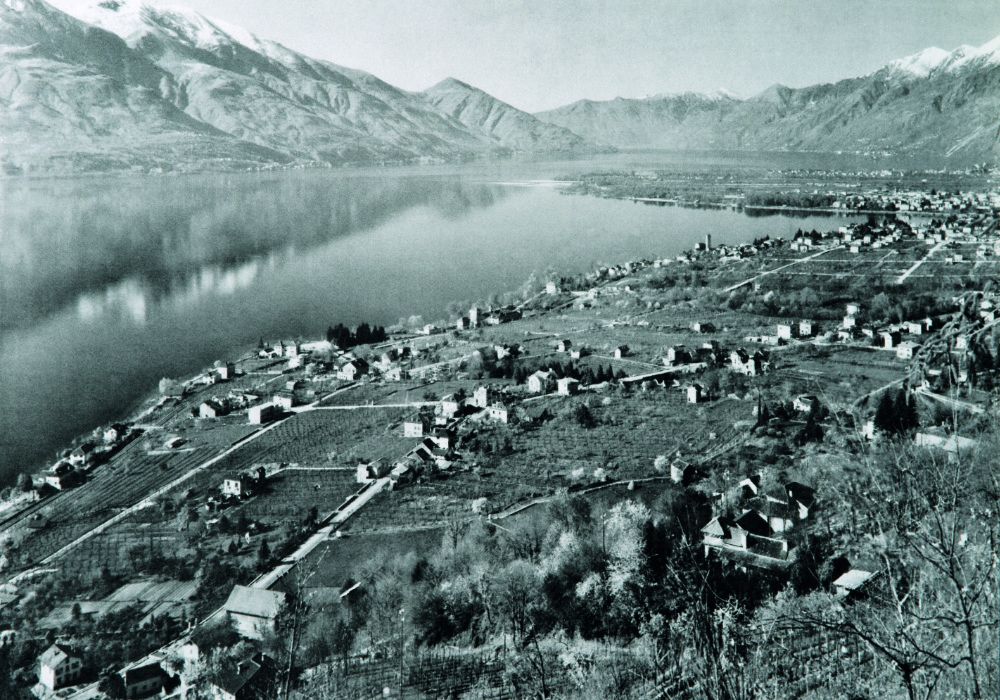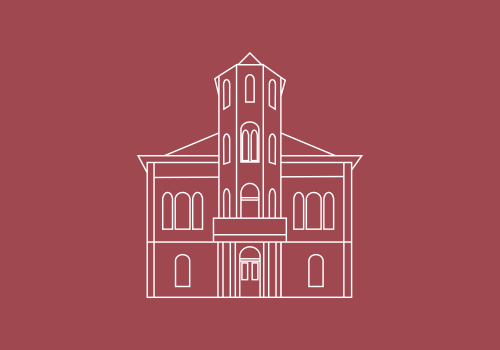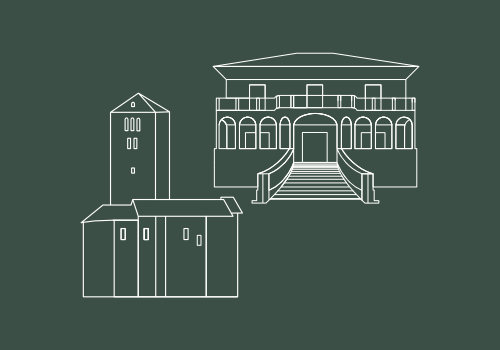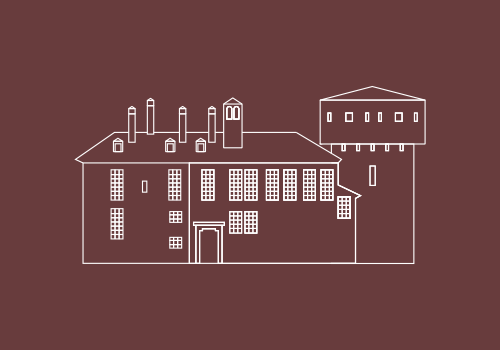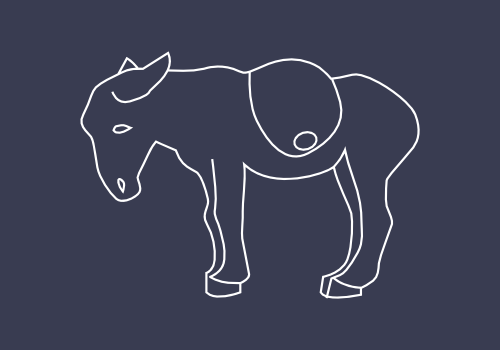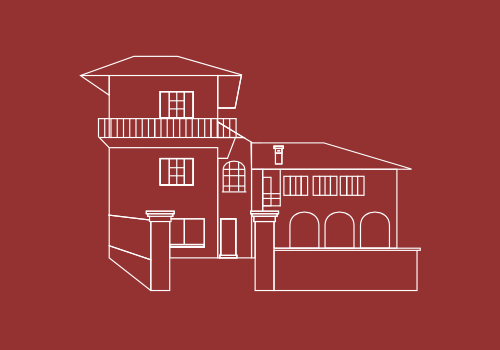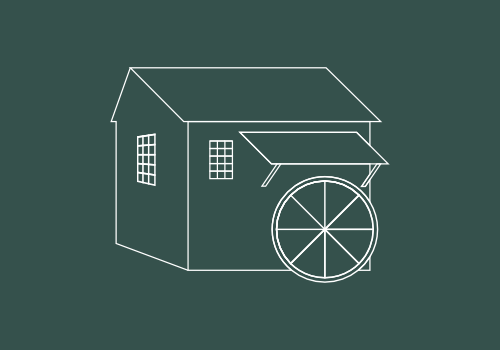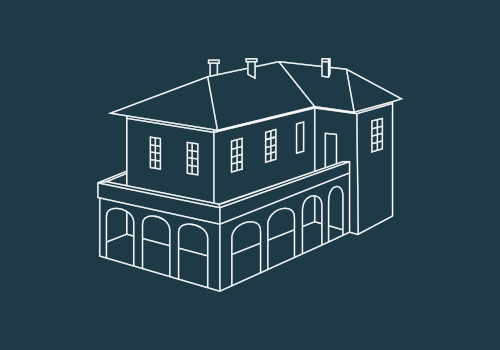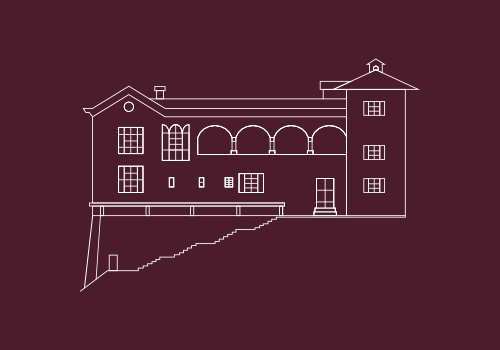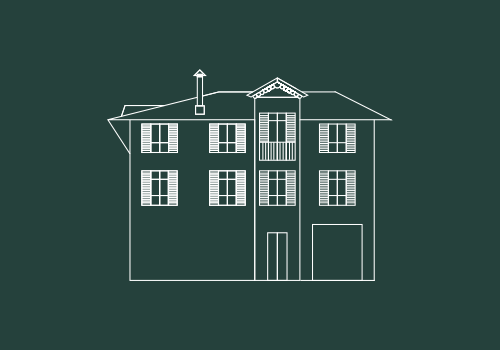Forest and countryside

The woods around Minusio contained lots of chestnut trees which local people looked after well as they were an important source of food for both human and animal consumption. The 1313 by-laws contained provisions prohibiting the gathering of chestnuts in other people’s woods and fines for the owners of pigs who ravaged the stores where chestnuts were kept while maturing. Chestnut trees were much sought after by the leather tanneries as they are rich in tannins but also as a wood that was resistant to humidity and easy to work with. Chestnuts can still be gathered in Minusio, especially in the woods of Mondacce.
Panoramic photograph, 1940s
Taken from via Albaredo, the panoramic photo from 1940 shows an area of Locarno with wide open spaces. There are extensive fields used for growing fruit and as vineyards but few buildings. However, the new roads – built around the cluster of farms – can already be seen, marking out the land. Looking at the same landscape today, much green space has been used for the construction of buildings, residential property and commercial premises. There are still some terraced vineyards though as well as fruit trees and allotment plots.
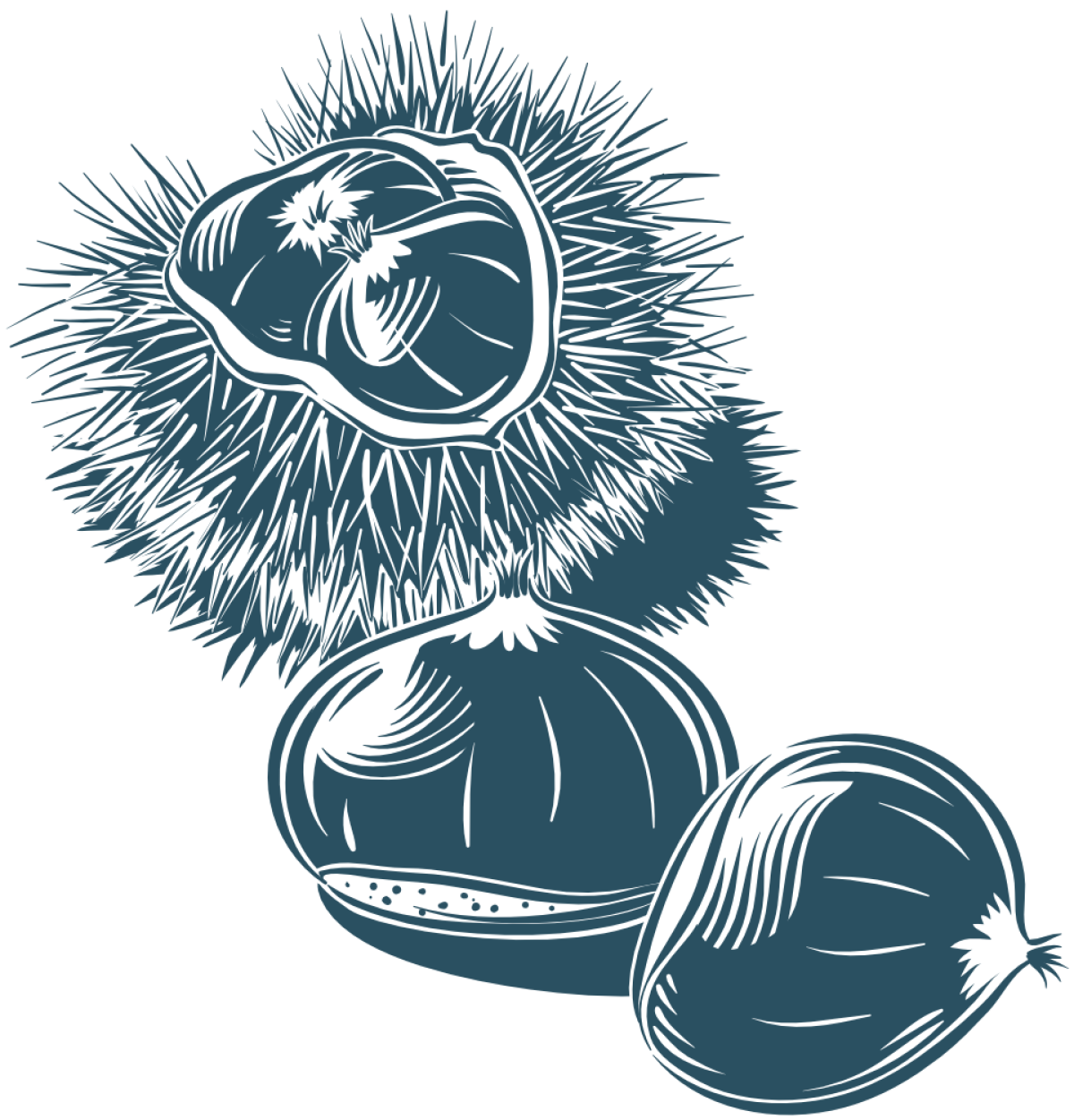
Chestnut (Castanea sativa)
The sweet chestnut, from the Fagaceae family, originally comes from the Caucasus and was imported to Ticino during Roman times. It grows in small numbers at an altitude of up to 1000 metres above sea level, can reach a height of 25 to 30 metres and can live for 700 years. There are also examples of very old chestnut trees in Minusio. Rich in tannin, they are used to build playgrounds, arbours and in bio-engineering projects.

